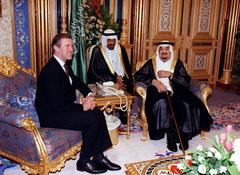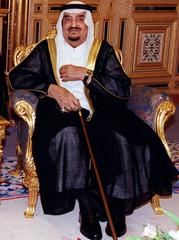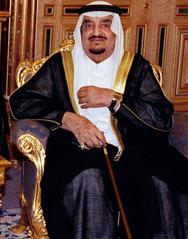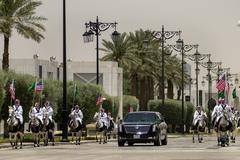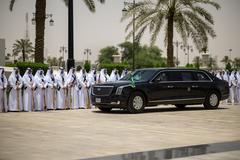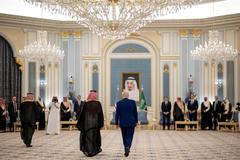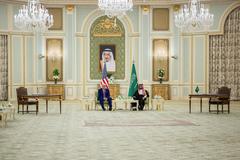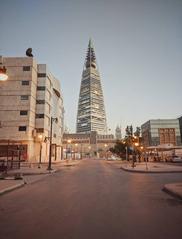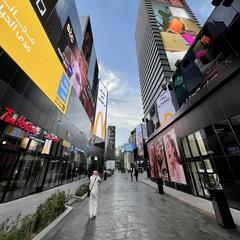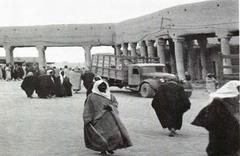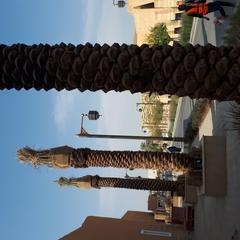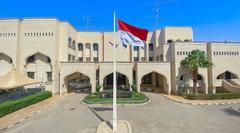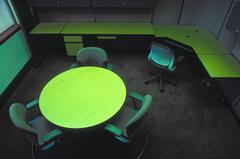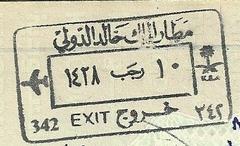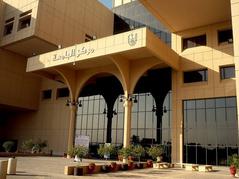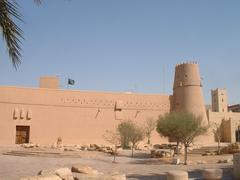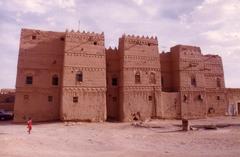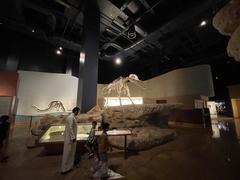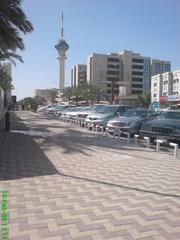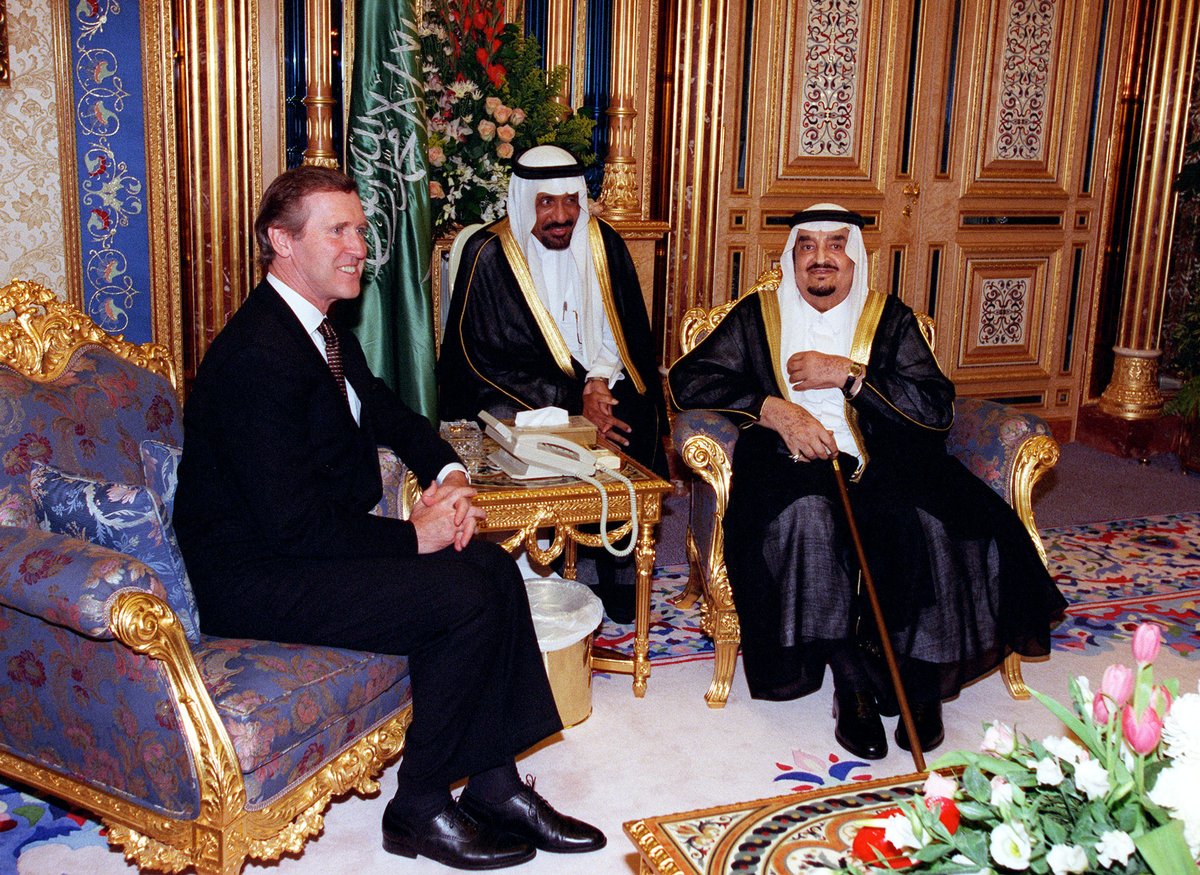
Palace of Yamamah Riyadh: Visiting Hours, Tickets, and Historical Significance
Date: 14/06/2025
Introduction
Al Yamamah Palace in Riyadh stands as a monumental symbol of Saudi Arabia’s governance, history, and cultural heritage. Located in the Al Hada district, it serves as the official residence and workplace of the King of Saudi Arabia, embodying both traditional Najdi architecture and the nation’s modern aspirations. While public access is restricted, the palace’s historical significance, architectural grandeur, and its role in the heart of Saudi political life make it a central point of interest for visitors exploring Riyadh’s rich heritage. This guide provides a thorough overview of the palace’s history, architecture, visitor information, and nearby attractions, offering practical travel advice to help you make the most of your experience in Riyadh.
Table of Contents
- Introduction
- Historical Evolution of Al Yamamah and Its Palace
- Architectural Features of the Palace of Yamamah
- Visitor Information: Visiting Hours, Tickets, and Accessibility
- Cultural and Political Significance
- Preservation and Urban Integration
- Nearby Riyadh Historical Sites and Attractions
- Practical Travel Advice
- Frequently Asked Questions (FAQ)
- Conclusion and Further Exploration
- References
Historical Evolution of Al Yamamah and Its Palace
Ancient Roots and Political Emergence
The region of Al Yamamah, now part of modern-day Riyadh, is one of the oldest continuously inhabited areas on the Arabian Peninsula, with its history stretching back over 15,000 years. Long known as a fertile oasis, it supported early settlements and trade routes, making it an important agricultural and strategic center (Riyadh City Architecture).
By the 17th century, Al Yamamah had transformed from a rural oasis into a significant political and administrative hub, becoming the capital of the First Saudi State. Later, it served as the seat of government for the Second Saudi State. The pivotal moment came in 1902, when King Abdulaziz Al Saud recaptured Riyadh, establishing it as the capital of the modern Saudi state and setting the stage for the construction of the Palace of Yamamah as the epicenter of governance.
Architectural Features of the Palace of Yamamah
Traditional Najdi Influences and Modern Adaptation
Al Yamamah Palace blends traditional Najdi architectural elements with contemporary features. Its design incorporates thick mudbrick walls, inward-facing courtyards, and intricate Arabian motifs, providing both natural insulation against Riyadh’s desert climate and a sense of privacy and security (Riyadh City Architecture). Modern renovations have introduced state-of-the-art amenities, including advanced security systems, conference halls, and landscaped gardens, ensuring the palace meets the demands of a modern government while preserving its historical character (Heroes of Adventure).
Layout and Symbolic Features
The palace’s spatial organization centers on a series of courtyards used for official ceremonies and daily administration. Defensive features such as high perimeter walls and watchtowers not only provided protection in the past but now symbolize the enduring strength and stability of the Saudi state.
Visitor Information: Visiting Hours, Tickets, and Accessibility
Visiting Hours and Tickets
Al Yamamah Palace is not open to the public and does not offer regular visiting hours or ticket sales. As an active seat of government and royal residence, access is strictly limited to authorized personnel and official guests (Saudipedia). Occasionally, special access or guided tours may be announced during national events, but these are rare and require advance arrangement through official channels.
Accessibility
While visitors cannot enter the palace, its exterior can be admired from select public vantage points in the Al Hada district. The area is not pedestrian-friendly, so using ride-hailing apps like Uber or Careem is recommended (The Wandering Quinn). The public spaces around the palace are equipped with accessible pathways, but always follow local guidance for the safest and most respectful experience.
Visitor Etiquette and Photography
- Dress Code: Dress modestly; women are advised to wear an abaya, and men should wear long trousers and sleeves. While a headscarf is not legally required for foreign women, it is recommended in conservative areas (Travelwings).
- Photography: Photography of the palace or any government/military building is strictly prohibited. Violating this rule can result in legal consequences.
- Security: Always carry identification and comply with security personnel instructions.
Cultural and Political Significance
Center of Governance and Diplomacy
Al Yamamah Palace is the operational heart of Saudi Arabia’s government, where the king conducts official business, presides over cabinet meetings, and engages with both national and international dignitaries. It serves as a venue for major events, treaty signings, and diplomatic summits, reinforcing its stature as both a political powerhouse and a symbol of Saudi sovereignty (Wikipedia; Heroes of Adventure).
Symbol of National Identity
The palace’s design and ongoing use for state functions exemplify the Kingdom’s respect for heritage alongside its drive for modernization. Through its architecture and ceremonial role, the palace remains a vital symbol of unity and national pride.
Preservation and Urban Integration
Ongoing conservation efforts ensure Al Yamamah Palace’s historical integrity is maintained while supporting its role as an active seat of government. The palace’s presence has influenced Riyadh’s urban landscape, inspiring new developments that balance modernization with cultural preservation (Riyadh City Architecture).
Nearby Riyadh Historical Sites and Attractions
While the Palace of Yamamah itself is inaccessible, Riyadh offers an array of historic sites open to visitors:
- National Museum of Saudi Arabia: Open 9:00 AM–8:00 PM (closed Mondays), featuring exhibits on the Kingdom’s history and culture. Affordable tickets are available at the entrance (Frasers Hospitality).
- Al Masmak Fortress: Open 8:00 AM–5:00 PM, this 19th-century fort played a central role in the unification of Saudi Arabia. Entry is free.
- Diriyah: A UNESCO World Heritage Site, open 9:00 AM–10:00 PM, offering museums, restaurants, and cultural programs. Tickets can be purchased online or onsite.
- Murabba Palace: A historic royal residence now serving as a museum.
- Kingdom Centre Tower and Al Faisaliah Center: Both offer observation decks with panoramic city views.
Additional attractions include the Riyadh Zoo, Edge of the World, and Al Kharrarah National Park.
Practical Travel Advice
- Getting Around: Public transport is limited; use ride-hailing apps for convenience.
- Best Time to Visit: November to March offers the most pleasant weather.
- Communication: Purchase a local SIM card for navigation and ride-hailing.
- Accommodation: The Olaya district is a central and convenient area for visitors.
- Health and Safety: Drink bottled water and have comprehensive travel insurance. Respect local laws and customs at all times.
Frequently Asked Questions (FAQ)
Q: Can I visit inside Al Yamamah Palace?
A: No, the palace is not open to the public.
Q: Are there any ticket fees to view the palace exterior?
A: No tickets are required to view the exterior from public areas.
Q: What are the best times to visit Riyadh’s main attractions?
A: Most museums and historical sites are open from morning until early evening; check specific hours before your visit.
Q: Is the area around the palace wheelchair accessible?
A: Public spaces nearby are accessible, but always confirm with local guides.
Q: Are guided tours available that include Al Yamamah Palace?
A: While direct tours of the palace are not available, many city tours include stops at nearby vantage points and other historical sites.
Conclusion and Further Exploration
Al Yamamah Palace is a profound symbol of Saudi Arabia’s journey from ancient oasis to modern nation-state. Though visitors cannot enter the palace, its striking architecture and the stories it represents are integral to understanding Riyadh’s identity. By exploring accessible historical sites such as the National Museum, Al Masmak Fortress, and Diriyah, travelers can experience the rich cultural fabric of the city. For the latest information on special events or travel updates, consult official tourism resources and consider using the Audiala app for curated guides and local insights.
References
- Riyadh City Architecture
- Wikipedia: Al Yamamah Palace
- Heroes of Adventure: Al Yamamah Palace
- Trek Zone: Palace of Yamamah Riyadh
- Saudipedia: Al Yamamah Palace
- The Wandering Quinn: Riyadh Travel Guide
- Frasers Hospitality: Riyadh City Guide
- Travelwings: Travel Tips in Riyadh
